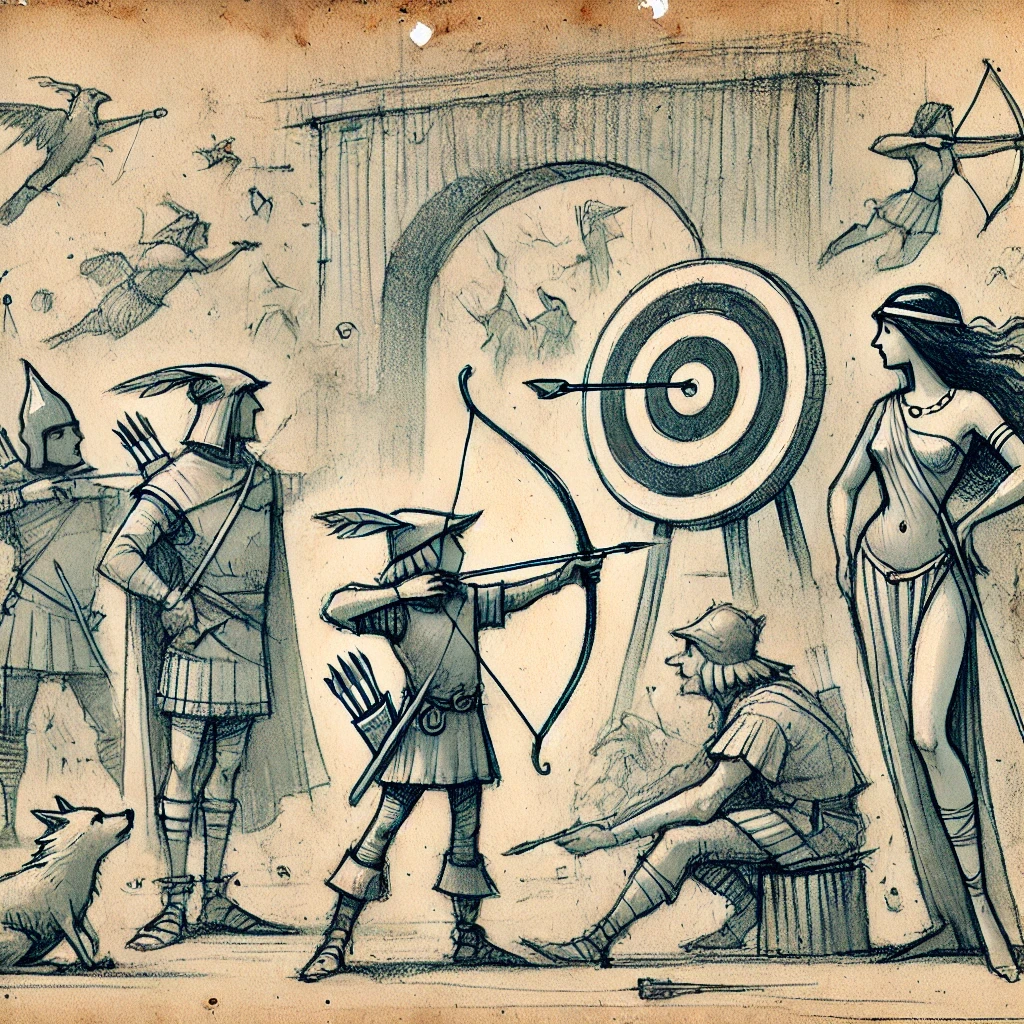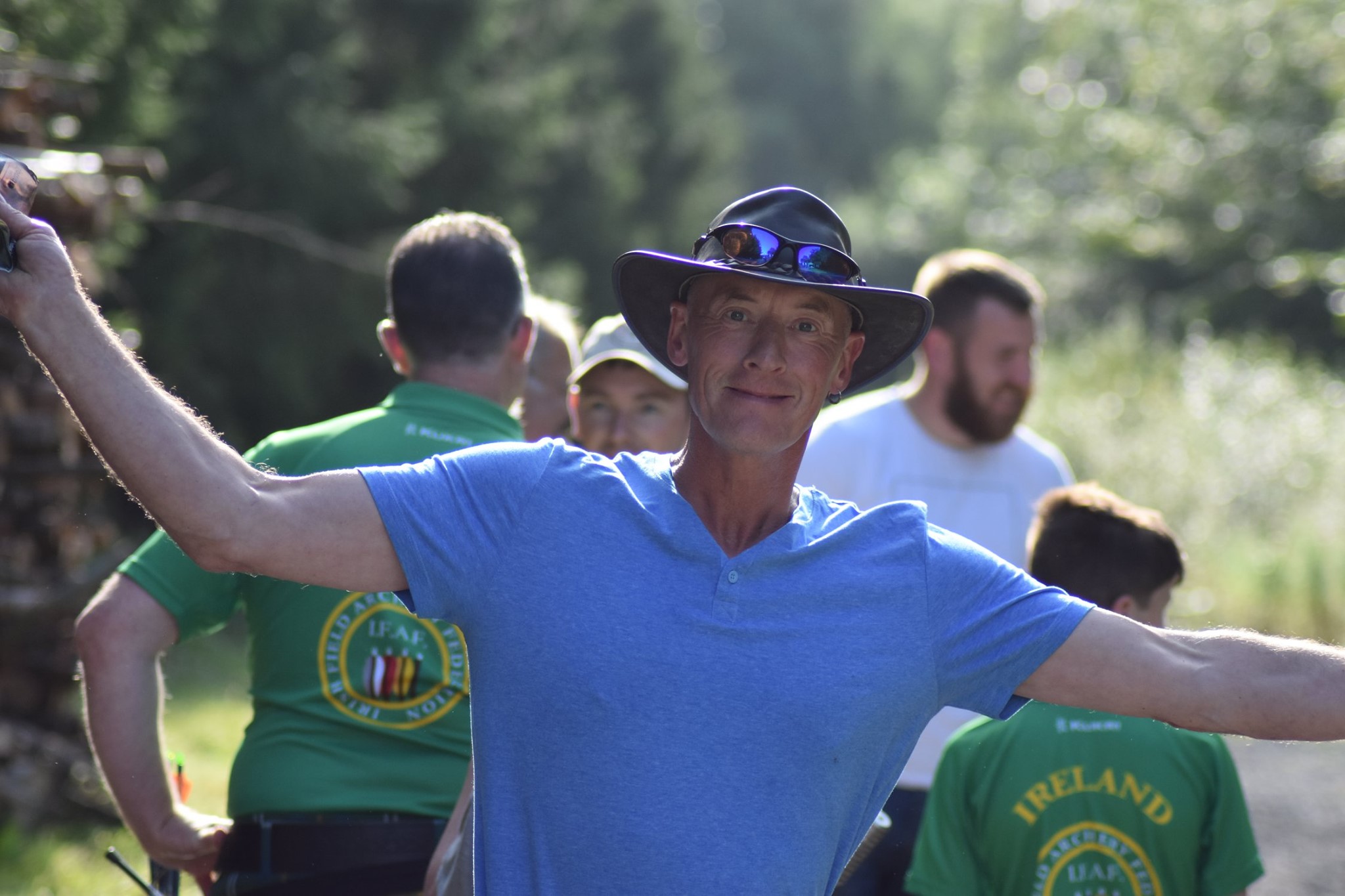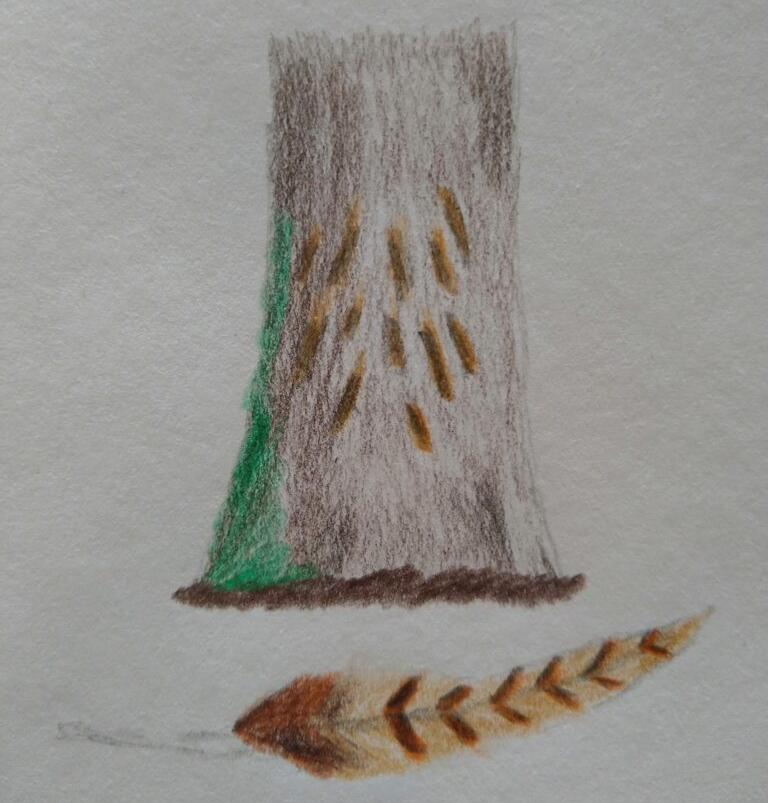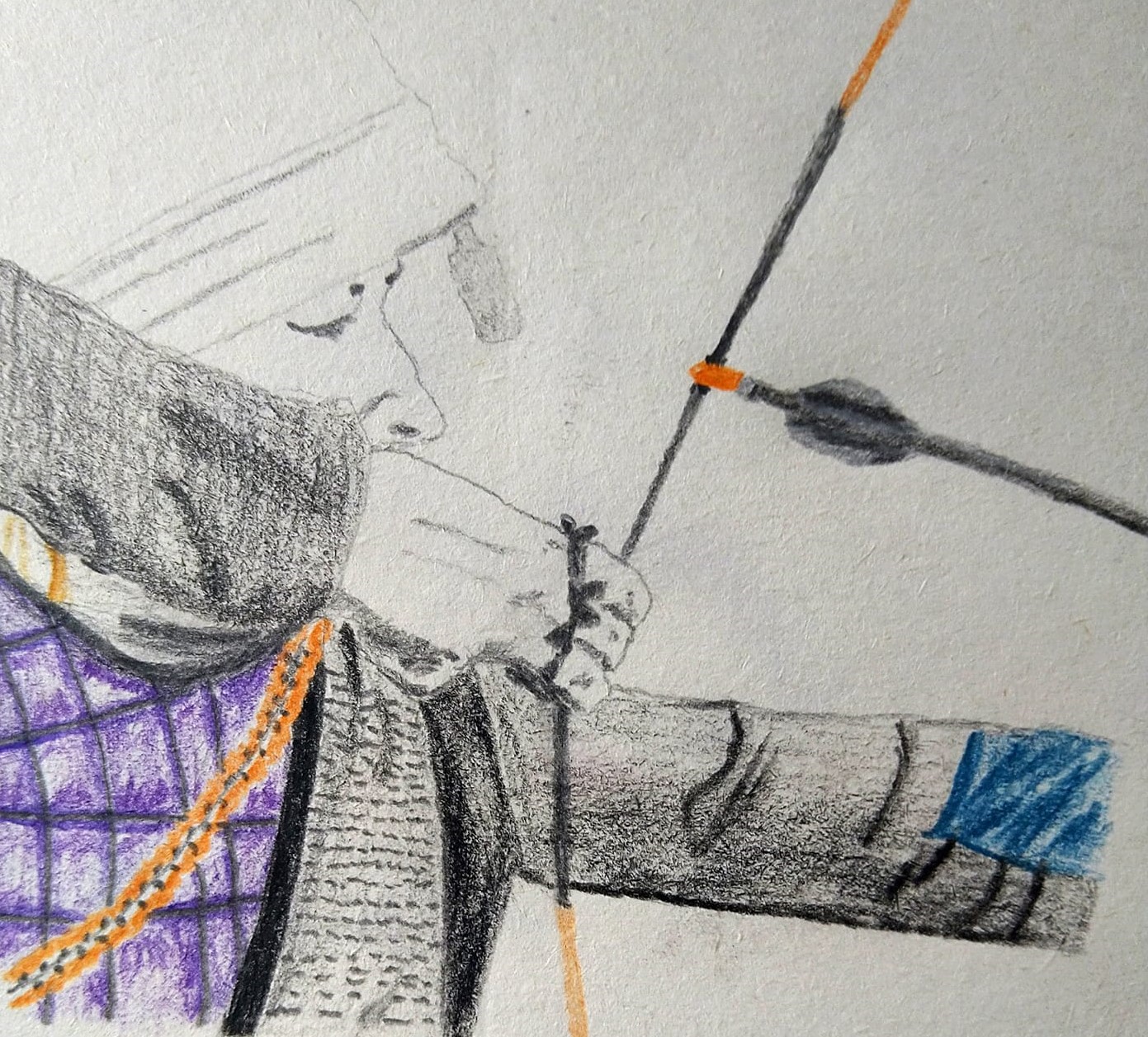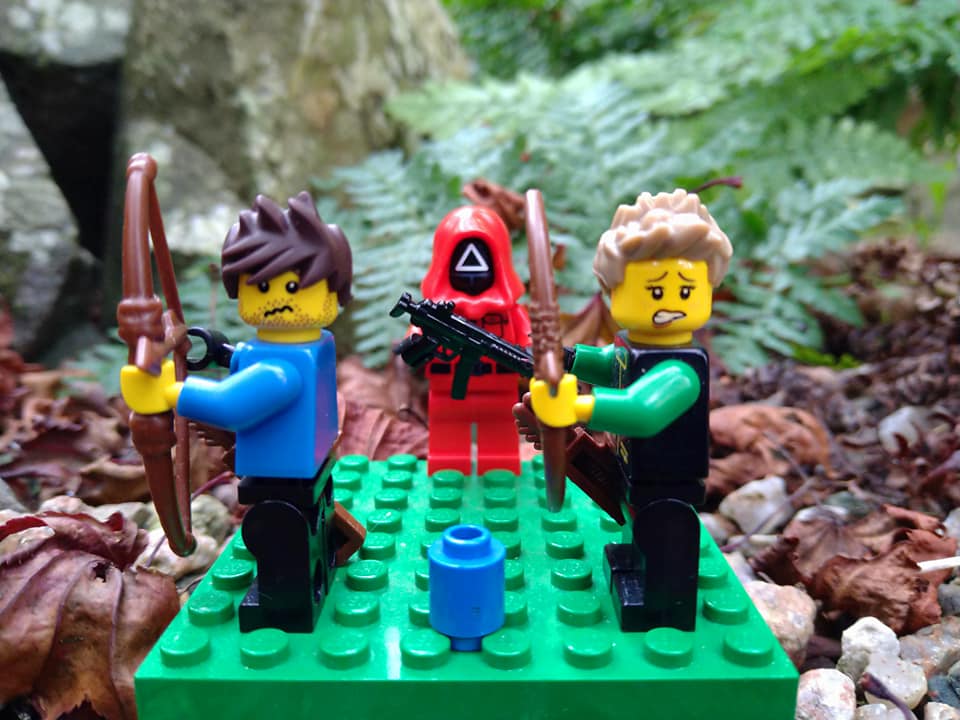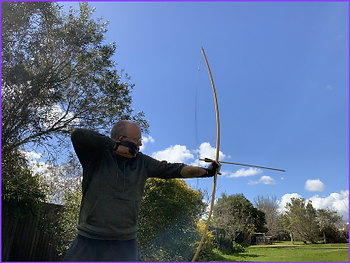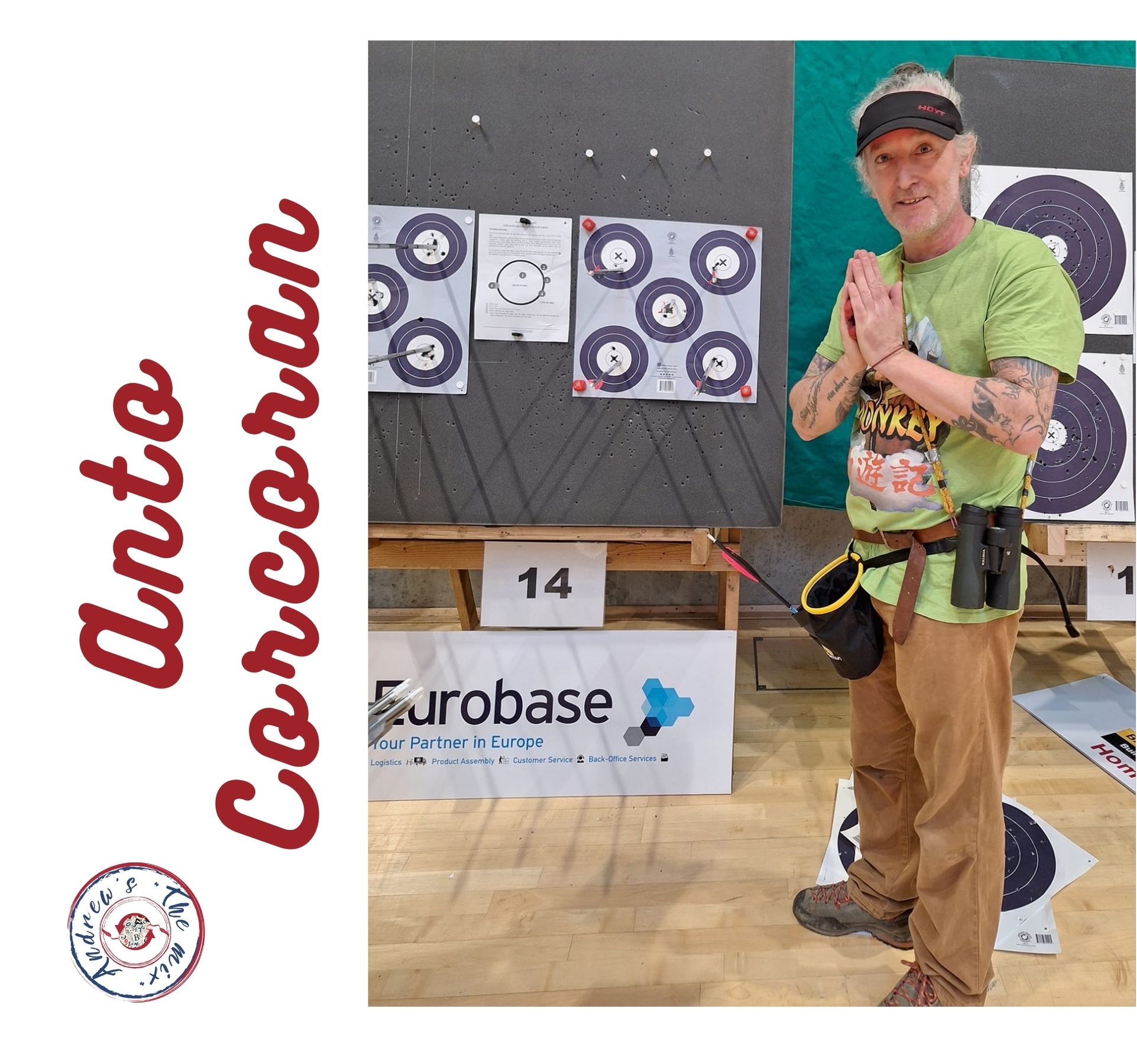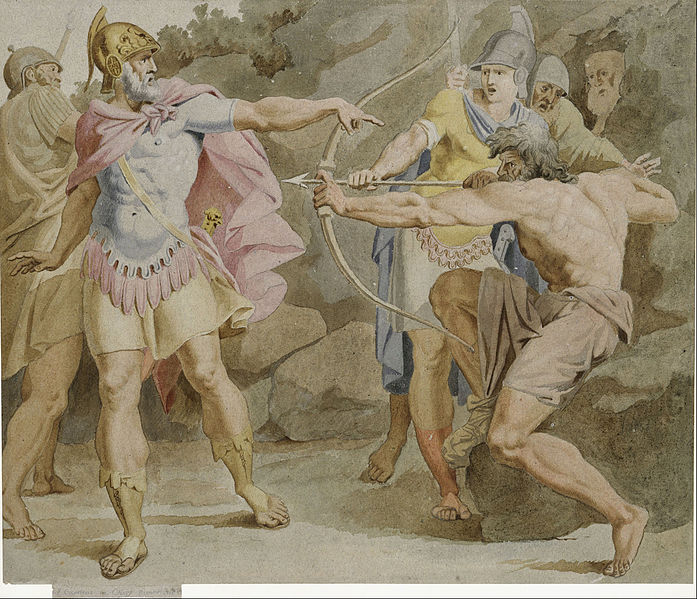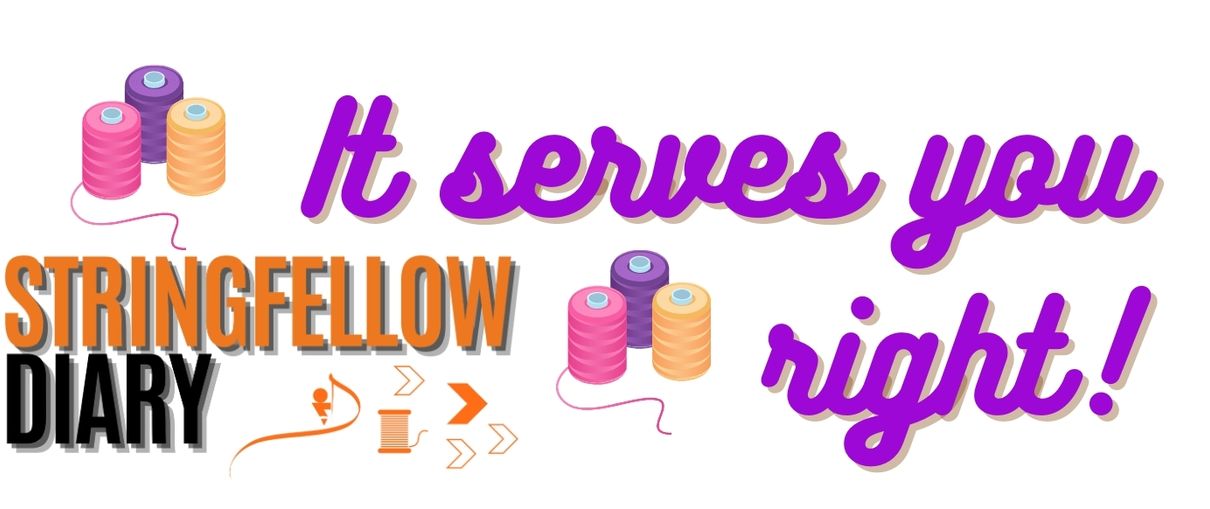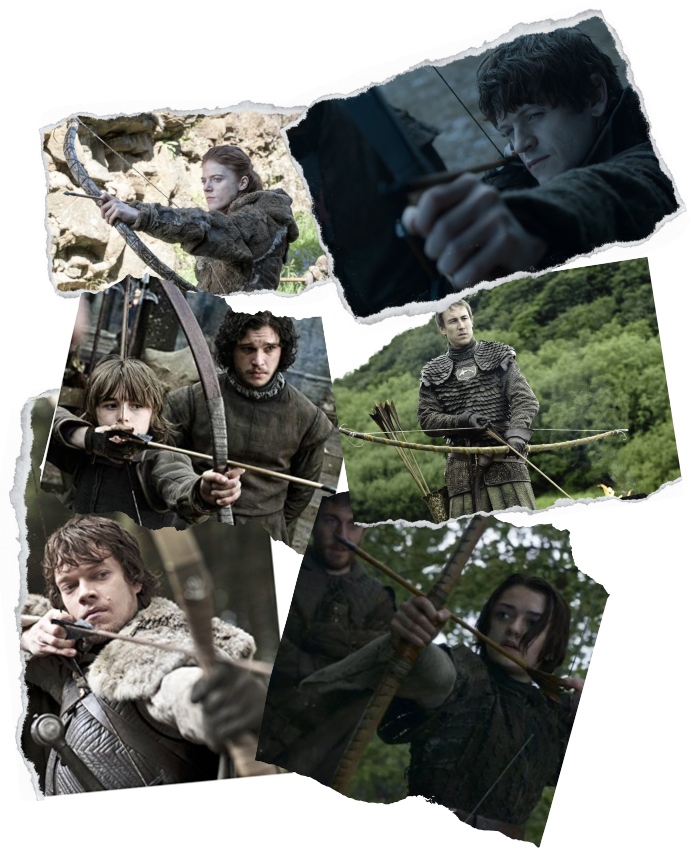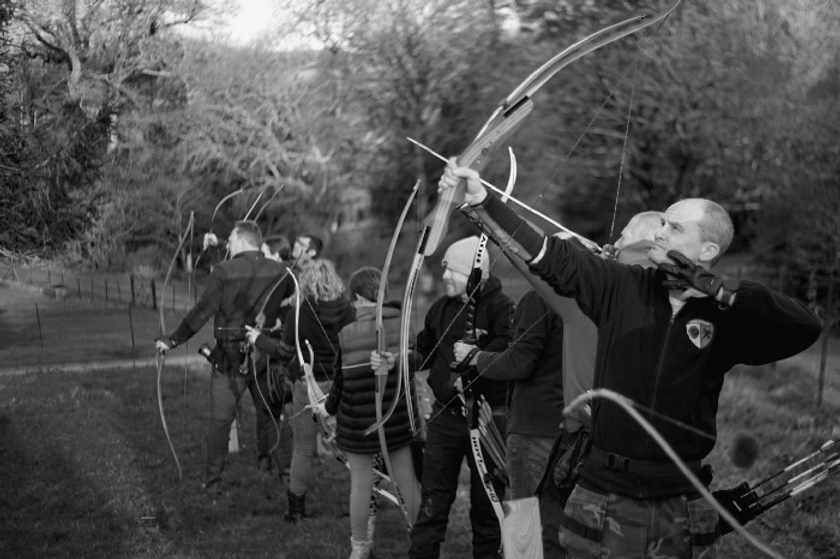
By Nick Anton
Of late there has been much discussion on this subject and with the outdoor season hotting up and EHBC, UKIFAC the IFAF champs and WFAC just around the corner it’s a good time to walk through some of the issues people have been highlighting.
The past while has been challenging in all aspects of life and there is an argument that field etiquette has suffered, likely due to all the solo shooting and rolling starts. People have been shooting almost all the time in their own friend groups and as a result some bad habits have been learned or allowed. Now that everything has come back to some sort of normal and groups are more mixed we need to remind ourselves of some of the finer points of the collective game.
KNOW YOUR CATEGORY
There seems to be an assumption that shoot organizers, club officials or coaches are responsible for the category an archer is registered to shoot in. This is incorrect. Each individual archer has to know their own category and comply with the rules as laid down by the governing body. The shoot organizers will inspect the bow and may advise that a specific bow is not in compliance, for example a hybrid longbow with a recurve on the limb or a timber riser with “longbow” bolt on limbs, (neither of which would fit into the IFAA/IFAF Longbow category) but the responsibility of knowing this is up to the archer. You don’t see a driver turn up to a Rally in a Formula one car expecting to compete, it’s the same thing you can’t enter Historic with a modern bow.
Remember it’s not just the bow that needs to comply. In each specific category there are varying rules on the arrows which can be used, material, spine matching, length matching, point matching, then there’s release and anchor etc…
Because there are so many categories and specific requirements in style it can be a challenge to get it right but that is where the coaches and club officials can offer assistance. Once you know your style you are set but remember the responsibility to get things right is with the archer.
As with all rules in sports not knowing is not an excuse, to play the game you must know the rules.
MARKING YOUR ARROWS
Almost all of the rounds require your arrows are numbered and within IFAF your arrows must have your name or at least your initials on them. The benefits are obvious, if you lose an arrow with your name is on it there’s more chance you’ll get it back.
In terms of numbering this is a requirement in various rounds, UAR-MAR-Field-Hunter-Expert Field indeed it is impossible to shoot these rounds within the rules if the arrows are not numbered. In some of the rounds the sequence of shot determines the score and without numbered arrows there is no way to confirm the sequence was correct. For example in the Hunter round at the the 32 yard fan archer “A” will shoot arrows 1&2 into the bottom left then 3&4 in the bottom right, while archer “B” will shoot 1&2 into bottom right then 3&4 into bottom left. If the arrows are not numbered there is no way to confirm this for scoring or should a dispute arise. This can be said of the MAR and UAR, if arrows are not marked then who can say if it was a 1st or 3rd hit.
This leads in nicely to a practice which has to end, that is when an archer strides ahead and pulls their arrows prior to the scorers and captain confirming and recording the score. There is no question at all that this is cheating, there can be no excuse or justification for doing this in any competition and should an archer do this there score on that target should be void. It states clearly in the rules that no arrow in the target or butt may be touched before scoring, and scoring must be done in accordance with the rules where both scores agree the score then record it. So while collecting the stray arrows, ahead of or bend the target, during scoring is acceptable no arrows in the butt, hit or miss, should be touched.
ROTATION AND SEQUENCE
Again this is probably due to the lockdown but I have witnessed at a few shoots that people have allowed cubs and juniors to shoot ahead of adults. The rules on this are plain, adults are to shoot first and cubs are to shoot last. This is simply not negotiable, there are good reasons why this should be adhered to. Not least of which is safety. The sequence of shooting must always be farthest from the target to closest. Sometimes it can seem like the nice thing to do to allow the cubs shoot first but all that is achieved is that it teaches them that the rules can be bent or broken. Shoot rotation can often fall asunder, with the best will in the world we sometimes forget who shot first and are too polite allowing someone to shoot ahead of us but when it comes to competition, especially Field and Hunter, the rotation must be stuck too in order to maintain a completely fair competition.
SEARCHING FOR STRAYS
There is no time limit as such when searching for lost arrows but the rules do state that you cannot hold up a team so the rule of thumb would be that searching can happen but as soon as another team arrives at the lane you should mark down the loss and move on. I’ve seen a lot of butts where there’s a wee sheet of paper on the back or side where you can leave a note saying roughly where you think the arrow might be, not in the rules as such but a good idea none the less. Remember that for safety one archer should stay infant of the target while others are behind looking for arrows. This is for safety of course but also so that they can call the search when another group arrives.
To summarise I think that we all need to refresh our memories of the rules and when we see infractions taking place on the range to call them out at the time then report them to the shoot officials, there is no benefit in posting on facebook after the fact, broken rules or shoddy practise must be dealt with at the time. Information can be found on the IFAF and IFAA sites and of course the coaches in your club can always be asked for information and interpretation of the rules.
There is only one way to succeed in the sport and breaking rules is not it As Albert Einstein said “You have to learn the rules of the game, and then you have to play better than anyone else”.






